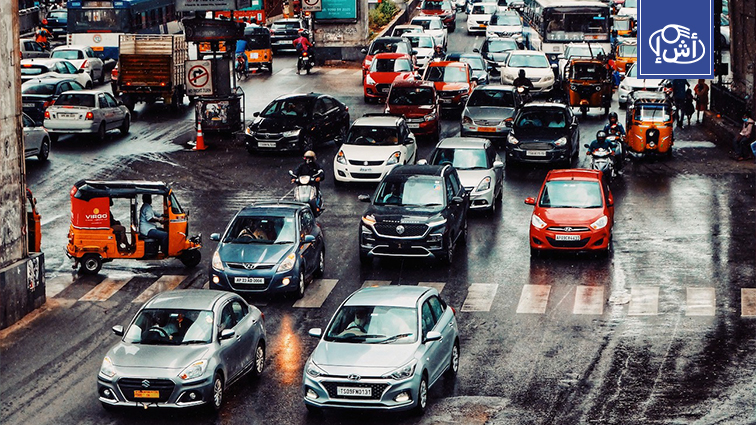A recent study on the environment revealed that approximately 9.7 million residents of the French capital suffer from high levels of air pollution and noise that far exceed the recommendations of the World Health Organization.
In the first joint map by Airparif and Bruitparif, it was found that about 80% of the population of the Paris region and its surroundings are exposed to this environmental pollution resulting from the movement of cars and airplanes on the main roads in Paris and near Charles de Gaulle and Orly airports.
The Paris region and its surroundings are considered the most densely populated in France and have recently faced dual environmental challenges represented by air and noise pollution.
The new map reveals that 86% of the population of Paris and its suburbs suffer from noise related to transportation, air pollution, or both.
The graph in the study revealed that 487 districts, or 38% of the municipalities of the French capital region and its surroundings, are particularly exposed to these two types of pollution. More than half of the residents of these municipalities are exposed to air quality considered “degraded” and noise levels considered “significant.” Most of these municipalities are concentrated in the so-called heart of Paris and the suburbs close to it, especially those located near Charles de Gaulle and Orly airports.
850,000 people, or about 7% of the population of Paris and its suburbs, were exposed to high levels of air and noise pollution exceeding permissible limits. This chronic exposure significantly affects public health, leading to increased cases of cardiovascular and respiratory diseases, in addition to higher rates of premature death.
Studies indicate that constant exposure to nitrogen oxide (emitted by road traffic, especially those operating on diesel) can lead to a decline in life expectancy and an increase in mortality, as it is linked to approximately 8,000 premature deaths annually in Paris and its suburbs.
As for noise pollution, it causes sleep disturbances, increases the risk of cardiovascular disease and diabetes, and reduces the ability to learn. Noise pollution is considered the second largest cause of illness in Europe after air pollution, and its social cost is estimated at approximately 43 billion euros annually for the Paris region and its suburbs alone.
Survey : 35% of Moroccans are considering emigrating due to economic conditions
